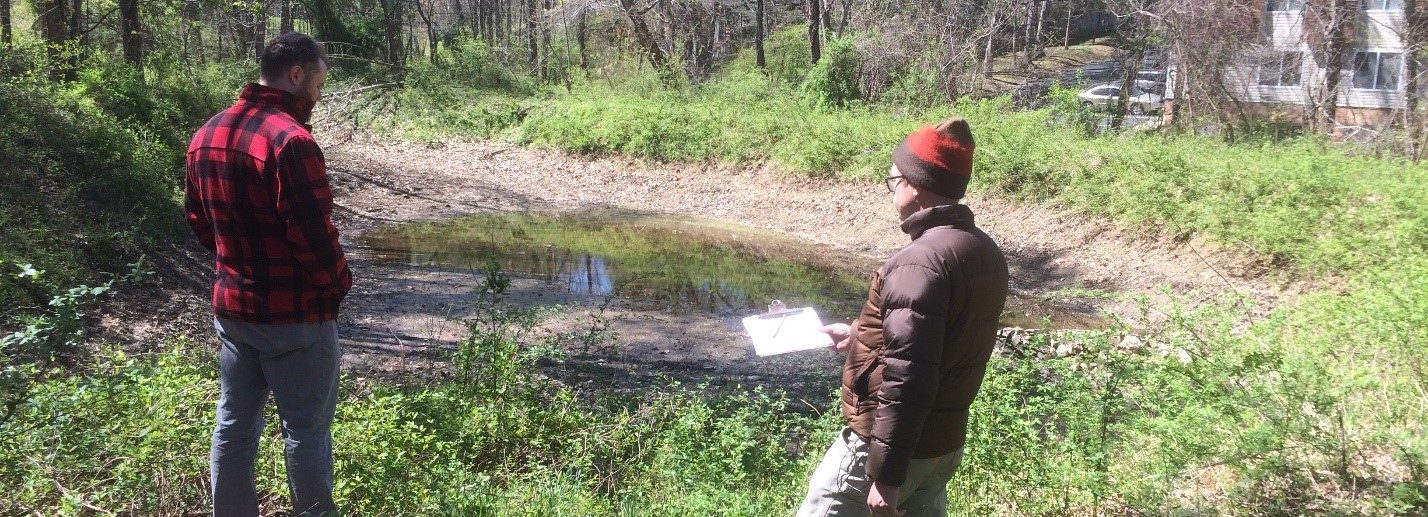Throughout the U.S., thousands of waters are listed for water quality impairments from stormwater sources. Total maximum daily loads (TMDLs) developed to address these impairments are enforced in part through municipal separate storm sewer system (MS4) permits, and compliance with these TMDL requires retrofitting developed lands by installing new or upgrading existing stormwater best management practices (BMPs). However, the supply of public lands on which to install retrofits is limited since the majority of land in most communities is privately-owned. As a result, MS4 entities must figure out how to also harness private lands for retrofit installation.
The Center for Watershed Protection and Albemarle County, Virginia have published a guidebook for entities interested in implementing stormwater retrofits on private property. The content of the guidebook was informed by recent efforts to identify, prioritize, and construct retrofits of privately-owned detention basins in a cost-effective manner that provides value to both private and public stakeholders. Previous work by Albemarle County had identified retrofits of dry detention ponds as a cost-effective method to achieve pollution reductions from urban stormwater and meet Chesapeake Bay and local TMDL goals. The project also included partners Hirschman Water & Environment and Ecosystem Services, LLC. The Center’s role was to conduct desktop and field assessments of existing detention basins in Albemarle County; prioritize them based on cost-benefit and feasibility; help develop the algorithm used to prioritize the BMPs and build the workbook used to perform the calculations; and develop conceptual and final designs for top-ranked retrofits.
A Guide to Retrofitting Stormwater Ponds on Private Lands is intended for local governments, nonprofits, and consultants interested in implementing stormwater retrofits on private property, and is especially relevant to communities included in the Chesapeake Bay watershed, especially those located in Virginia. This guidebook and process is split into five steps: 1) desktop analysis, 2) field reconnaissance, 3) final prioritization, 4) project design, and 5) project construction. Every detail of the process is outlined in this guidebook—from GIS model creation to crediting calculations to property owner outreach to managing legalities. Each step is illustrated with a case study example from Albemarle County.
While many local governments, consultants, and nonprofits have experience identifying and selecting stormwater facilities for retrofits, fewer have experience navigating constraints to work on private property. This guidebook will be particularly useful to these entities in navigating the unique challenges and opportunities for implementing projects on private property.
This work was funded by the National Fish and Wildlife Foundation. For more information about this project, contact Ari Daniels at add@cwp.org.






